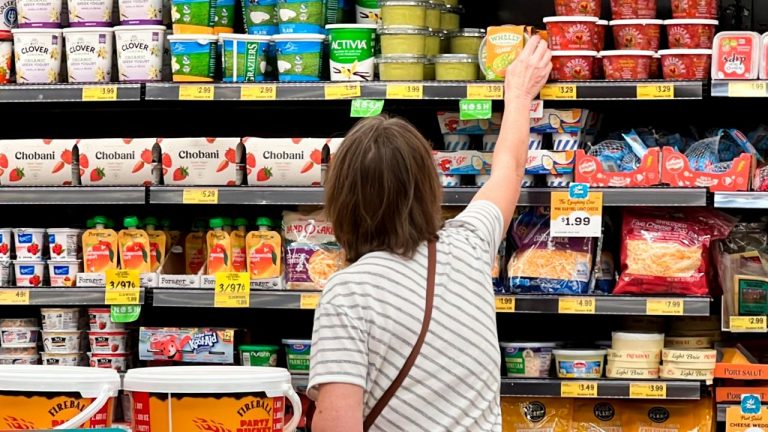Date: October 2025. Washington, D.C. —
During the first ten months of 2025, the U.S. supermarket industry has entered a phase of relative stability after several years of high inflation and global supply challenges. According to an analysis by The Hispanic Retail Chamber of Commerce (HRCOC), three major trends have defined the grocery landscape this year: moderating food inflation, the rapid rise of fresh-format stores, and the continued growth of private-label brands.
“The U.S. grocery sector is entering a new cycle defined by price awareness, convenience, and cultural diversity,”said Daniel Esteban Novoa, Co-Founder and Executive Vice President of HRCOC.
“For Hispanic and Latin American producers, this represents one of the most strategic windows of opportunity in recent years.”
- Food inflation eases, but margins remain tight
Data from the U.S. Department of Agriculture’s Economic Research Service (ERS) show that the “food-at-home” price index rose 2.7% year over year in August 2025, with a projected annual increase of about 3.3%. While inflationary pressure has cooled compared with the 2022 peak, grocery retailers continue to manage cost sensitivity among consumers and limited pricing flexibility.
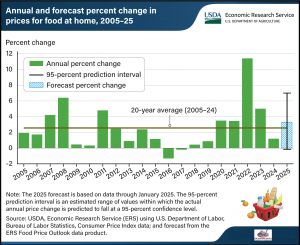
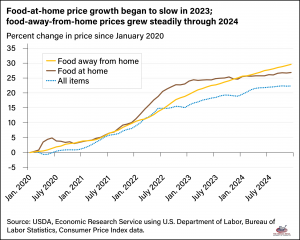
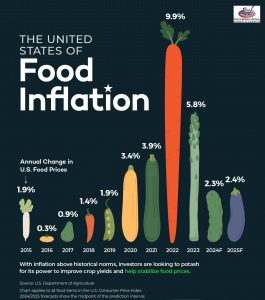
- Fresh formats outpace traditional supermarkets
Reports from Placer.ai and Supermarket News confirm that fresh-format and value/specialty grocers are outpacing traditional supermarkets in both traffic and sales. Consumers are prioritizing freshness, health, and authenticity—areas where Hispanic brands have a natural competitive edge.
“Hispanic shoppers look for value, but they also seek flavor, authenticity, and connection,”added Novoa.
“Retailers that integrate genuine Hispanic products into their fresh aisles are seeing stronger engagement and repeat visits.”
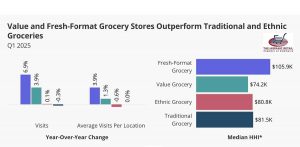
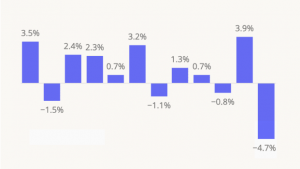
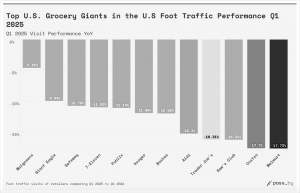
- Private-label brands gain consumer trust
According to Grocery Dive and Food Navigator-USA, U.S. private-label grocery sales reached approximately $271 billion in 2024, capturing nearly 20% of the total grocery market and continuing to grow through 2025. The shift toward store brands reflects consumers’ desire for reliable quality and affordability. For Hispanic producers, this trend opens new opportunities for co-branding and private-label partnerships with major retail chains.
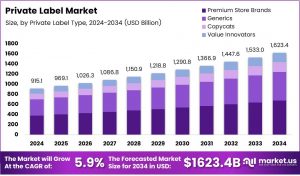
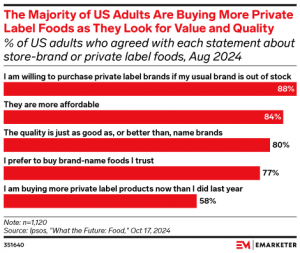
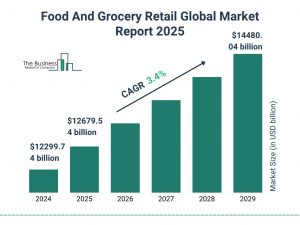
A strategic moment for Hispanic participation in retail
The HRCOC, together with its SBG Retail Purchasing Center, serves as a bridge between Latin American producers and the U.S. supermarket ecosystem. With a corporate presence in over 80% of Latin American countries, HRCOC facilitates trade access, brand positioning, and investment partnerships for companies seeking to enter or expand in the U.S. retail market.
“The future of retail in the Americas is Hispanic,”concluded Novoa.
“Those who understand the cultural link between Latin American supply and U.S. demand will define the next chapter of supermarket innovation.”
About the Hispanic Retail Chamber of Commerce (HRCOC)
The Hispanic Retail Chamber of Commerce is a national organization headquartered in Washington, D.C., dedicated to promoting Hispanic participation and leadership in the U.S. retail and supermarket sectors. Through advocacy, education, and business development, HRCOC connects producers, retailers, and investors to foster sustainable growth between the United States and Latin America.
Contact: info@hispanicretailchamber.com
Organization: The Hispanic Retail Chamber of Commerce (HRCOC)
Location: Washington, D.C., United States



